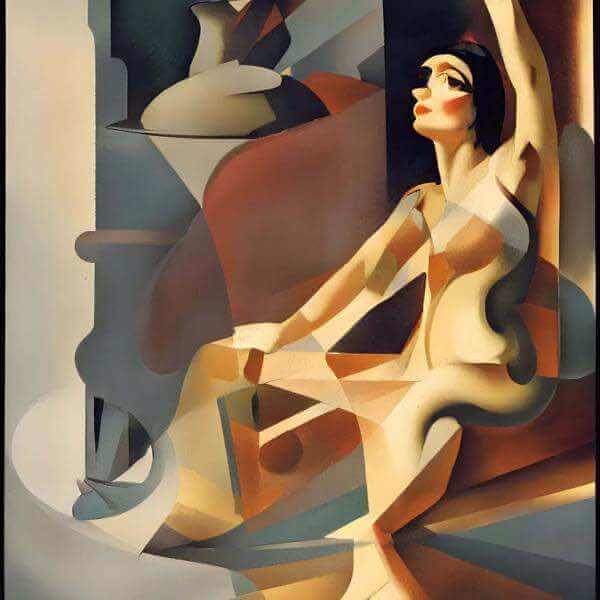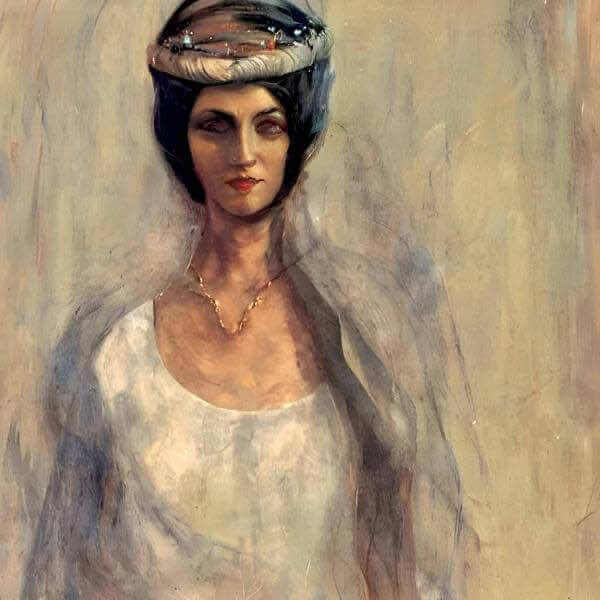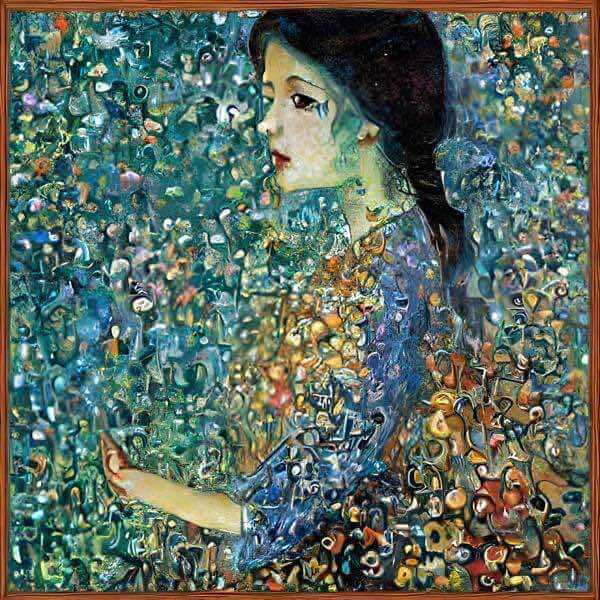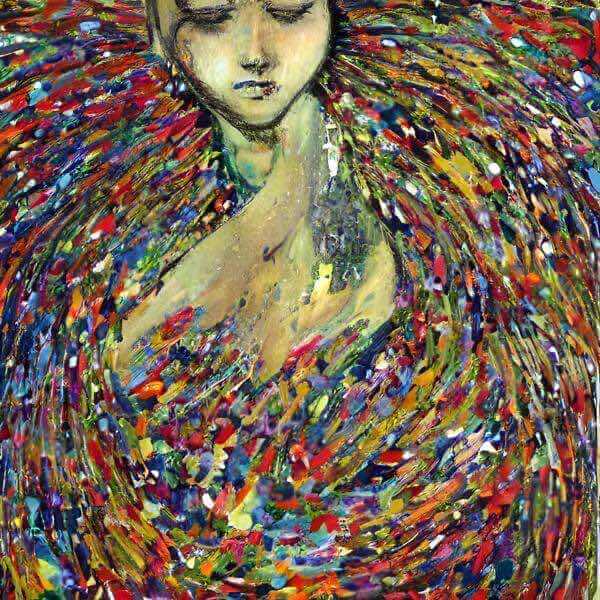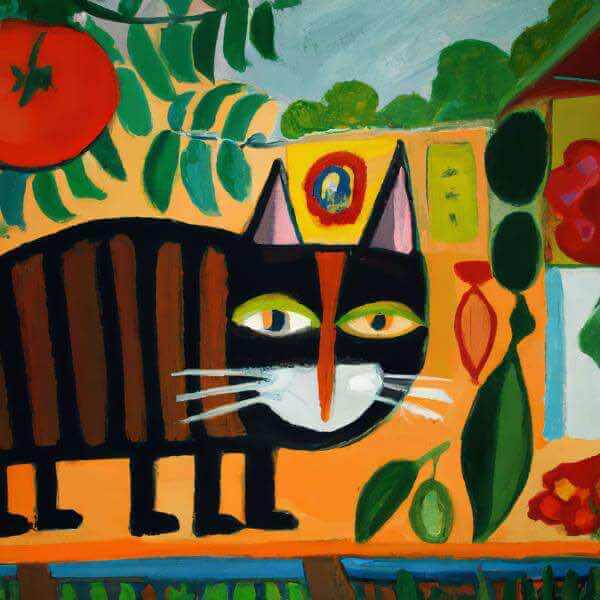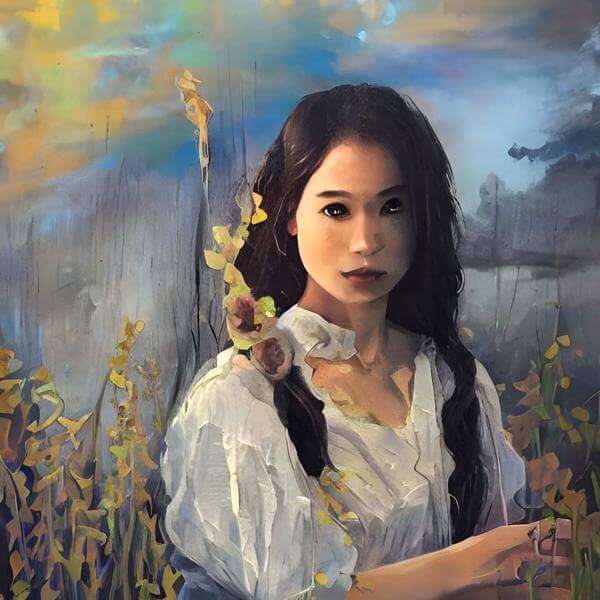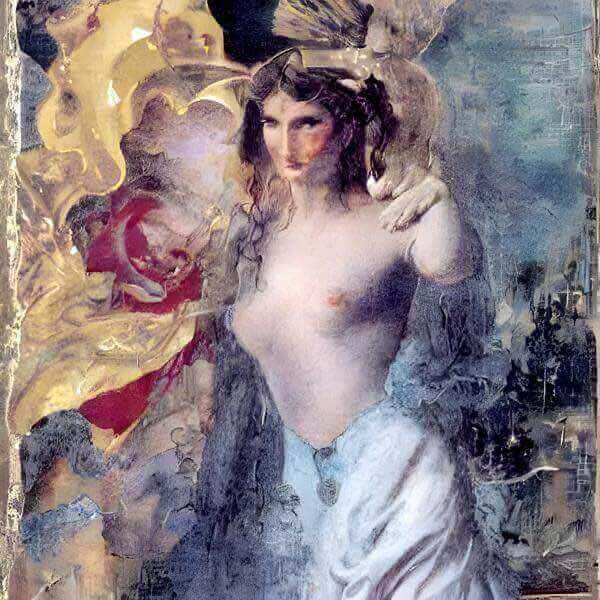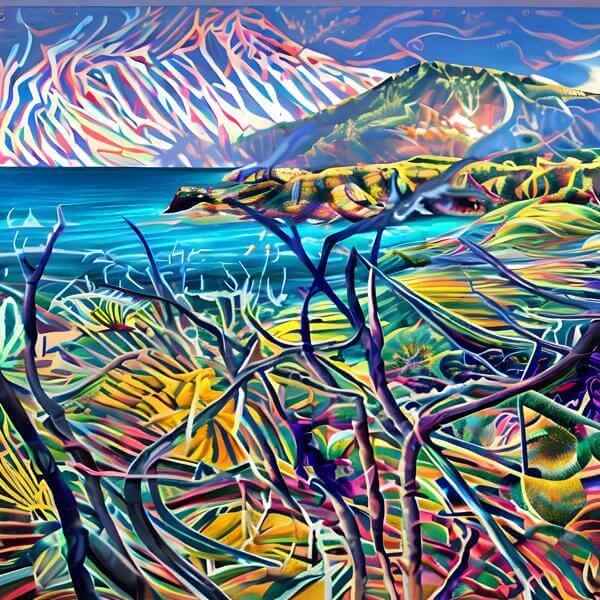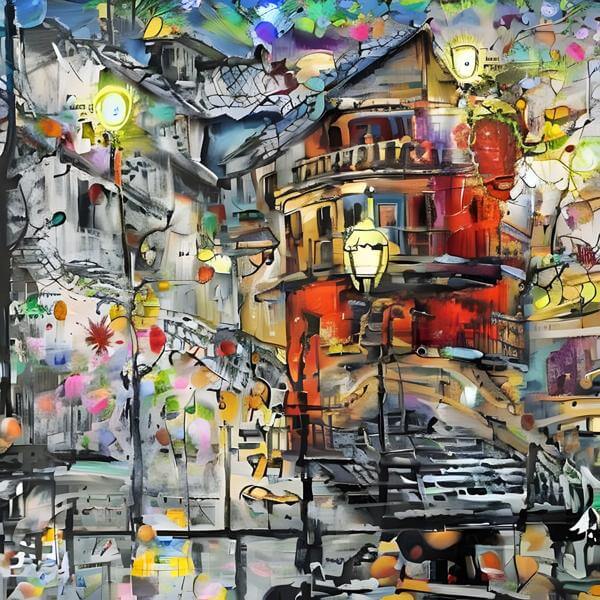🤖🖼 AI Art Blog ―To inspire AI to create paintings― 🅰🅸 🅰🆁🆃
A blog related to original AI artworks.
AI Art Image Classification and Ranking
I am creating various types of images using AI art programs. In order to share them with the public, I need to categorize them and display them in order of preference by category. With over 13,000 images, it is difficult for viewers to browse through them without proper categorization, and even with categorization, there are still several hundred images in some categories, so it is necessary to put them in order.
Although the categorization method has not yet been fully established, I am currently using both a prompt-based method and a method based on the style and subject matter of the selected images. The latter method takes a considerable amount of time, so I am relying heavily on the prompt-based method, especially recently. I will explain these methods in order.
Prompt-based Classification
First, I will write about the prompt-based classification. As mentioned in the blog post “Grammar for Prompts Given to AI Art Programs”, the prompts I use to generate the AI art images introduced on this site contain the names of painters and subjects. Therefore, I can categorize them based on these factors.
I use the names of real painters as prompts, including painters from the past and present. Past painters can be categorized by era, ranging from the Renaissance, Baroque, to the modern era up to the 20th century. For the Renaissance era, I feature Botticelli, Bosch, and for the Baroque era, I feature Rembrandt, Rubens, and Vermeer. However, the overwhelming majority are from the modern era and the 20th century. I treat living painters as “contemporary,” but many of the painters from the 20th century still have copyright, so I need to be careful in handling their images.
Just because I use the name of a real painter does not necessarily mean that the generated image will be in the style of that painter. Especially in the case of living painters, it is safer to choose images that are not in the style of that painter in order to avoid copyright issues. Therefore, even if the categorization is based on the name of the painter, it does not necessarily mean that the images gathered are close to that painter’s style. However, I believe that there is still some relationship between the painter and the generated image. I will give examples of images that are similar to the style of real painters and those that are different.
The above left image was generated with the prompt “afremoz”, and it was drawn in a style similar to that of the contemporary painter Afremov. While I did not use Afremov’s name directly, the generated image is close to his style, so I need to be careful with its use due to copyright concerns. The above right image was prompted with the name of the modern painter “Tullio Crali,” but its style is completely different from Crali’s.
I also use fictional artist names in the prompts. Even if they are fictional, I consider that artist names somewhat characterize the generated images, and use them for classification. For why fictional names are considered as artist names, please refer to the “Grammar of Prompts for AI Art Programs”. The following are two images by Shinklimt, and I feel that they both share a similarity in terms of depicting women and their artistic style.
“Shinklimt” is a compound word of “Shin” and “Klimt”, but these images have a style completely different from Klimt’s. However, the following image may be influenced by Klimt.
When I prompt with the object name, such as “cat”, I classify the image according to that. However, I haven’t done many object name prompts other than cats so far. The following images were generated with the prompt for cats and the artist names of Rousseau and Pollock, respectively, and classified according to both.
Classification based on image content
When the prompt does not include an object name, various objects are chosen to be painted. Women are selected very frequently, and nudes are also drawn. In contrast, men are much less commonly drawn. For this reason, I currently have categories for clothed women and nudes but do not have one for men.
The nude woman in the top-right corner is by the aforementioned Shinklimt, so I classify it as both a nude and Shinklimt.
In addition, landscapes are often drawn. Examples of natural landscapes include forests and rivers, and star-filled skies are also common.
Dasyn.com デイシン
Created: 2023-05-11 17:30 Edited: 2025-10-31

